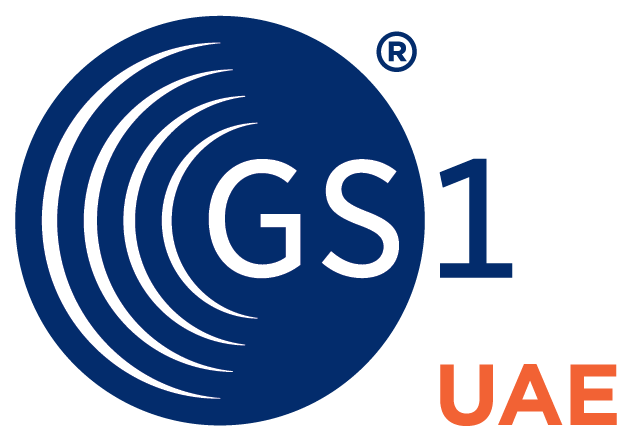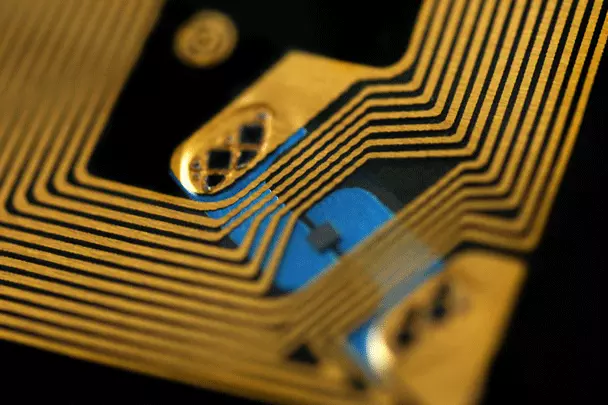Depending on the barcode symbol, they can be used to encode information such as product and shipment identifiers as well as other data such as serial numbers, batch/lot numbers and dates.
Barcodes play a key role in supply chains, enabling industry to automatically identify and track products as they move through the supply chain.
There are several types of barcodes that are used depending on the business requirements.












